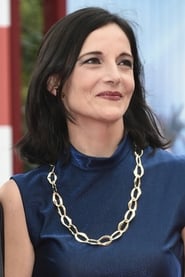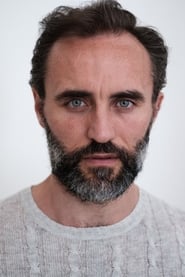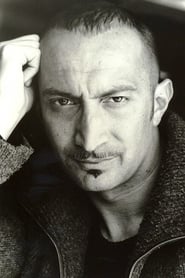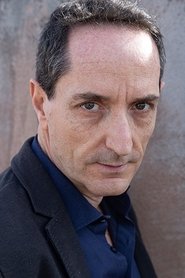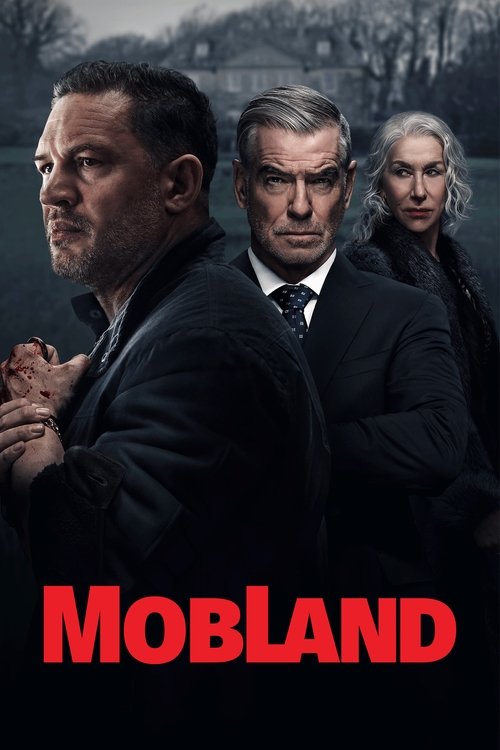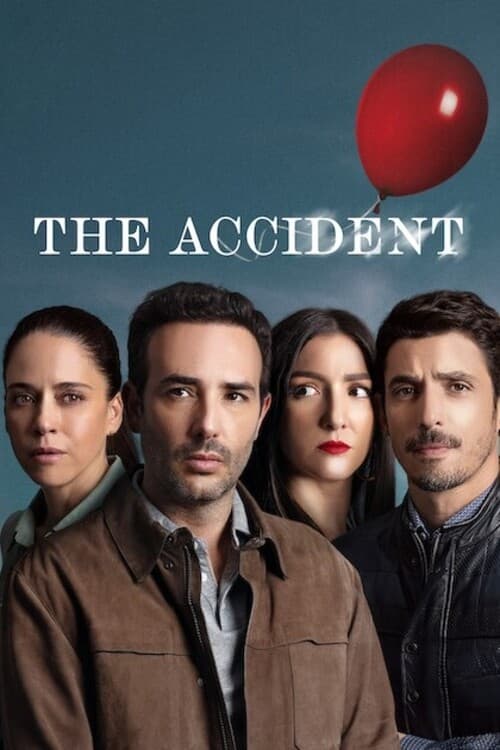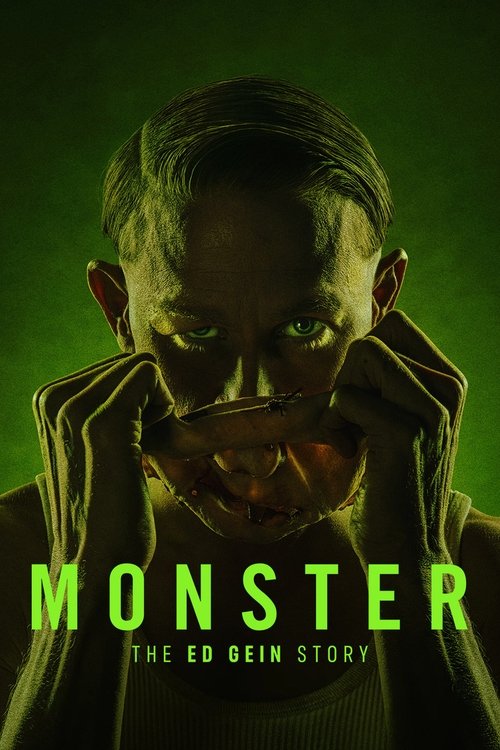
Ask Your Own Question
What is the plot?
Amanda Knox arrives in Perugia, Italy, as a 20-year-old American exchange student excited to study abroad and experience a new culture. She moves into a shared apartment with British student Meredith Kercher and two Italian roommates. Amanda is shown as lively and outspoken, often seen with her boyfriend Raffaele Sollecito, with whom she shares a passionate relationship. Early scenes establish Amanda's personality and her interactions with Meredith and others around her.
One night, Meredith Kercher is found murdered in the apartment. The police quickly focus on Amanda and Raffaele as suspects. Amanda and Raffaele are taken in for questioning and detained for days. The series highlights Amanda's struggle with the Italian language and the lack of adequate translation during the interrogations. The police display clear hostility toward Amanda, disapproving of her American behavior, her sexual openness, and personal items like a vibrator found among her belongings. The investigation is heavily influenced by cultural prejudices and assumptions about Amanda's character.
During marathon interrogations, Amanda is subjected to intense psychological and physical pressure. Raffaele is manipulated into undermining Amanda's alibi. Under duress and confusion, Amanda falsely implicates Patrick Lumumba, the owner of the bar where she worked, in the murder. She quickly recants this accusation, but Lumumba is arrested and later cleared. Amanda is charged with slander in addition to murder. The police construct a theory of a sex game gone wrong, based on Amanda's possession of condoms and a vibrator, and her bringing men to the apartment, which they use to brand her as promiscuous and suspicious.
Amanda and Raffaele are eventually convicted and sentenced to prison. The series portrays the grueling years of legal battles and incarceration, showing Amanda's emotional and psychological decline. Amanda's mother, Edda Mellas, arrives in Italy to support her daughter, but their conversations often consist of bleak exposition rather than emotional connection. In prison, Amanda forms a significant relationship with Don Saulo Scarabattoli, the prison priest, who offers her spiritual guidance and encouragement. His advice to serve humanity despite her suffering becomes a pivotal influence on Amanda's resilience.
After four years, Amanda and Raffaele's convictions are overturned due to the lack of reliable physical evidence. The series depicts the slow and painful process of their release and the public's ongoing judgment. The actual killer is arrested and convicted, but the police continue to focus suspicion on Amanda and Raffaele, rewriting their narrative to fit new developments. The media frenzy and social media speculation amplify the public's fascination and condemnation.
Throughout the series, Amanda's fight to prove her innocence and reclaim her freedom is shown in detail, including her legal strategies, emotional struggles, and the impact of the case on her identity. The series ends with Amanda's release, highlighting the lasting scars of wrongful imprisonment and the complex interplay of justice, media, and cultural bias that shaped her ordeal.
What is the ending?
Short Narrative of the Ending
The ending of The Twisted Tale of Amanda Knox focuses on Amanda Knox's life after her acquittal. The series concludes with Amanda reflecting on her experiences, comparing "battle scars" with Raffaele Sollecito, and confronting the prosecutor, Giuliano Mignini. The finale humanizes Mignini, showing him as a complex figure rather than a one-dimensional villain. Amanda, now an author, wife, and mother, grapples with the aftermath of her wrongful conviction and the media's portrayal of her.
Expanded Narrative of the Ending
The final episodes of The Twisted Tale of Amanda Knox delve into the aftermath of Amanda's acquittal and her journey towards healing and reclaiming her life. Here's a detailed narrative of the key scenes:
-
Amanda's Reflections: The penultimate episode sets the stage for Amanda's reflections on her ordeal. She is shown navigating the challenges of reintegration into society, dealing with the media's relentless scrutiny, and finding purpose in her life. This part of the series highlights the psychological toll of her wrongful conviction and the struggle to rebuild her reputation.
-
Community with Exonerees: Amanda finds solace in connecting with other exonerees, sharing her experiences and learning from theirs. This scene underscores the importance of community and support for those who have been wrongly accused and convicted.
-
Confronting the Prosecutor: In the final episode, Amanda confronts Giuliano Mignini, the prosecutor who played a significant role in her conviction. This confrontation is pivotal as it humanizes Mignini, showing him not as a villain but as a complex individual driven by personal demons. This scene emphasizes that people are more nuanced than their public personas suggest.
-
Amanda and Raffaele's Reflections: Amanda and Raffaele Sollecito, her former boyfriend who was also wrongly accused, share a moment of reflection. They compare their experiences and the scars they bear from their ordeal. This scene highlights the lasting impact of their wrongful convictions on their lives.
-
Amanda's New Life: The series concludes with Amanda having found a new sense of purpose. She is depicted as an author, wife, and mother, having rebuilt her life despite the challenges she faced. This portrayal shows Amanda's resilience and her ability to move forward from the trauma of her past.
-
Fate of Main Characters:
- Amanda Knox: She emerges as a strong, resilient individual who has managed to rebuild her life despite the injustices she faced.
- Raffaele Sollecito: Like Amanda, Raffaele is shown to be grappling with the aftermath of his wrongful conviction but is moving forward.
- Giuliano Mignini: The series humanizes Mignini, portraying him as a complex figure rather than a one-dimensional antagonist.
- Meredith Kercher: While Meredith is not a character in the final episodes, her memory is a constant presence throughout the series, reminding viewers of the tragic event that set Amanda's story in motion.
The ending of The Twisted Tale of Amanda Knox is a thoughtful exploration of the human cost of wrongful convictions and the media's impact on public perception. It concludes on a hopeful note, highlighting Amanda's journey towards healing and redemption.
Who dies?
Yes, in the TV show The Twisted Tale of Amanda Knox (2025), the character Meredith Kercher dies. She is Amanda Knox's roommate and is found murdered in their apartment in Perugia, Italy. The circumstances of her death are depicted as follows:
- Meredith Kercher's partially clothed body is discovered inside her locked bedroom, covered with a duvet.
- She had her throat cut.
- The estimated time of death is between 8:30 P.M. on November 1 and 4 A.M. the following morning.
- The discovery is made after Knox and her then-boyfriend Raffaele Sollecito find her unresponsive and call the Italian police.
- The murder triggers a massive investigation, leading to Knox and Sollecito being arrested and wrongfully convicted before eventual acquittal.
No other characters are shown to die in the series. The show focuses on the murder of Meredith Kercher and the subsequent legal and media turmoil surrounding Amanda Knox.
Is there a post-credit scene?
The TV show The Twisted Tale of Amanda Knox (2025) does not have a traditional post-credit scene. Instead, the series concludes with a deeper, reflective coda in its finale episode, which goes beyond the crime and trial to explore Amanda Knox's life after acquittal. This final part shows Amanda as an author, wife, and mother confronting the prosecutor Giuliano Mignini, revealing the complexities of all involved rather than a simple villain-hero narrative. This ending serves as a thematic closure rather than a separate post-credit scene.
No sources mention any additional or hidden post-credit scene after the final episode. The series ends with this extended, meaningful conclusion rather than a separate scene after the credits roll.
What role does Raffaele Sollecito play in Amanda Knox's interrogation and trial?
Raffaele Sollecito is Amanda Knox's boyfriend who becomes a crucial witness in the police investigation. During marathon interrogations, he is manipulated into destroying Amanda's alibi, which significantly impacts the case against her.
How is the language barrier depicted in Amanda Knox's interrogation scenes?
The series uses bilingual scripts to show how Amanda Knox's limited fluency in Italian and the lack of an adequate translator exacerbate her predicament during police questioning.
What is the significance of Don Saulo Scarabattoli in Amanda Knox's prison experience?
Don Saulo Scarabattoli is the prison's open-minded priest who develops a relationship with Amanda Knox, offering her advice that helps her cope with despair and shapes her future outlook during incarceration.
How is Amanda Knox's mother, Edda Mellas, portrayed in the series?
Edda Mellas, played by Sharon Horgan, is depicted as fiercely loyal and arrives in Italy to support Amanda. Their interactions mostly involve gloomy exposition, reflecting the emotional stakes of Amanda's legal battle.
What specific incident leads Amanda Knox to implicate Patrick Lumumba, and what are the consequences?
Under intense interrogation, Amanda Knox implicates Patrick Lumumba, the bar owner where she worked, in the murder. She soon recants, but Lumumba is arrested and later cleared, with a slander charge added against Amanda during her trial.
Is this family friendly?
The TV show The Twisted Tale of Amanda Knox (2025) is not family friendly and is likely unsuitable for children or sensitive viewers. It deals with intense and mature themes such as wrongful imprisonment, murder investigation, and media pressure.
Potentially objectionable or upsetting aspects include:
- Depictions of harrowing emotional and psychological stress experienced by the protagonist.
- Scenes involving crime and legal drama centered on a murder case.
- Use of assaultive sound design and flash cuts to evoke pressure and tension.
- Portrayals of media harassment and intense public scrutiny.
- Some scenes may feel intense or disturbing due to the subject matter and stylistic choices reflecting trauma and injustice.
These elements make the series more appropriate for mature audiences rather than children or those sensitive to crime-related drama and psychological tension.











